Resentful hacker exposes Conti ransomware gang’s tools
Tools leaked by disgruntled affiliate
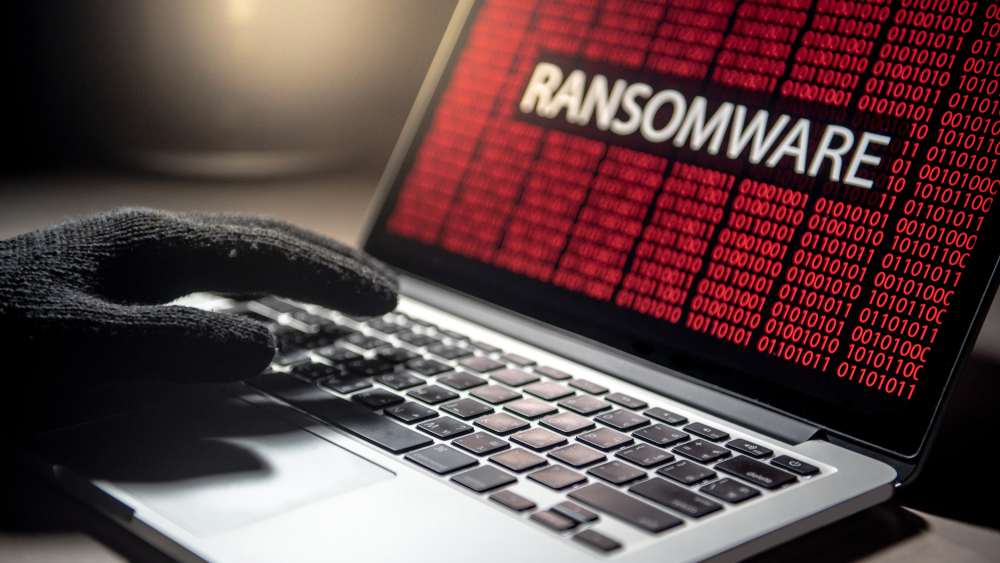

A resentful, vengeful affiliate of the Conti ransomware group has allegedly leaked information about the gang and its tools to attack victims.
The data included IP addresses for Cobalt Strike C2 servers and a 113MB archive comprising hacker tools and training material for running ransomware attacks. The data was later verified as genuine by security researcher and Advanced Intel CEO Vitali Kremez in a tweet.
Conti runs as a ransomware-as-a-service (RaaS) operation where the main members of the group control malware development and affiliates breach victims' infrastructures and encrypt systems.
According to Bleeping Computer, a security researcher obtained a screenshot of the affiliate who was reportedly angry at Conti at the amount of money they were paid to carry out a ransomware attack. The affiliate said they only received $1,500, while the Conti gang made millions from the ransom pay-out. In the Conti payment model, affiliates normally get 20 to 30% of the ransom.
“They recruit suckers and divide the money among themselves,” the resentful hacker said.
Kremez said that network administrators should now “scan for unauthorized Atera Agent installations and Any Desk persistence.”
RELATED RESOURCE
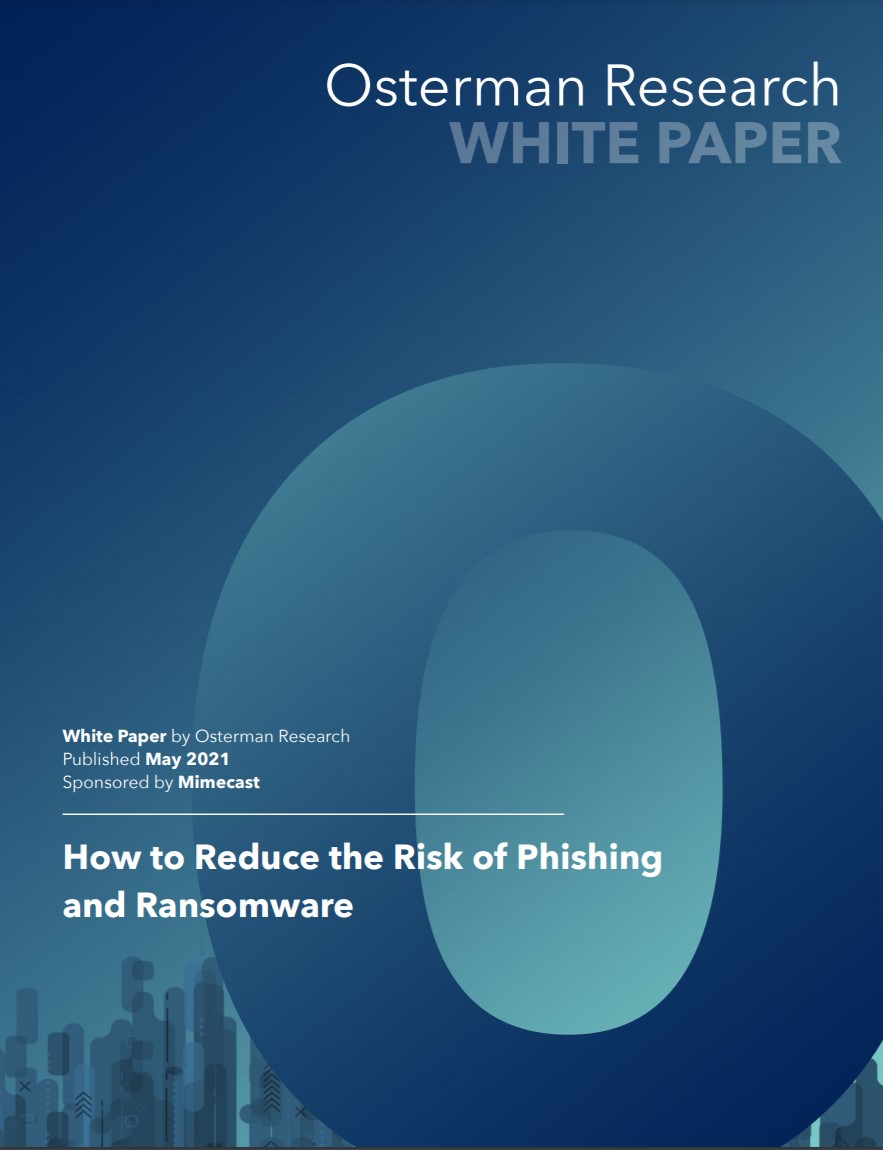
How to reduce the risk of phishing and ransomware
Top security concerns and tips for mitigation
“The #Conti adversaries install legit @AteraCloud RMM agent w/ one-day burner accounts to survive Cobalt Strike detects,” he added.
Get the ITPro daily newsletter
Sign up today and you will receive a free copy of our Future Focus 2025 report - the leading guidance on AI, cybersecurity and other IT challenges as per 700+ senior executives
Another security researcher, going by the name of pancak3, said in a tweet that organizations should block several IP addresses to avoid the group’s attacks. These IP addresses were revealed in the leaked data.
Kimberly Goody, director of financial crime analysis at Mandiant Threat Intelligence, told ITPro the leaking of these documents highlights the broader trend of generally well-resourced groups recruiting and training new members by equipping them with what equates to a “how-to” guide for ransomware operations.
“Groups such as this also leverage private chat channels allowing for troubleshooting with actors who may be more skilled or experienced. This isn’t unique to these actors though,” she said.
“We’ve seen other groups operate similarly, ultimately enabling a greater number of actors to learn how to conduct these attacks. One potential benefit of this leak is that the documentation is now available to defenders who may have not previously seen these tactics used against them and now can review the documentation to potentially enable better defenses.”
Rene Millman is a freelance writer and broadcaster who covers cybersecurity, AI, IoT, and the cloud. He also works as a contributing analyst at GigaOm and has previously worked as an analyst for Gartner covering the infrastructure market. He has made numerous television appearances to give his views and expertise on technology trends and companies that affect and shape our lives. You can follow Rene Millman on Twitter.
-
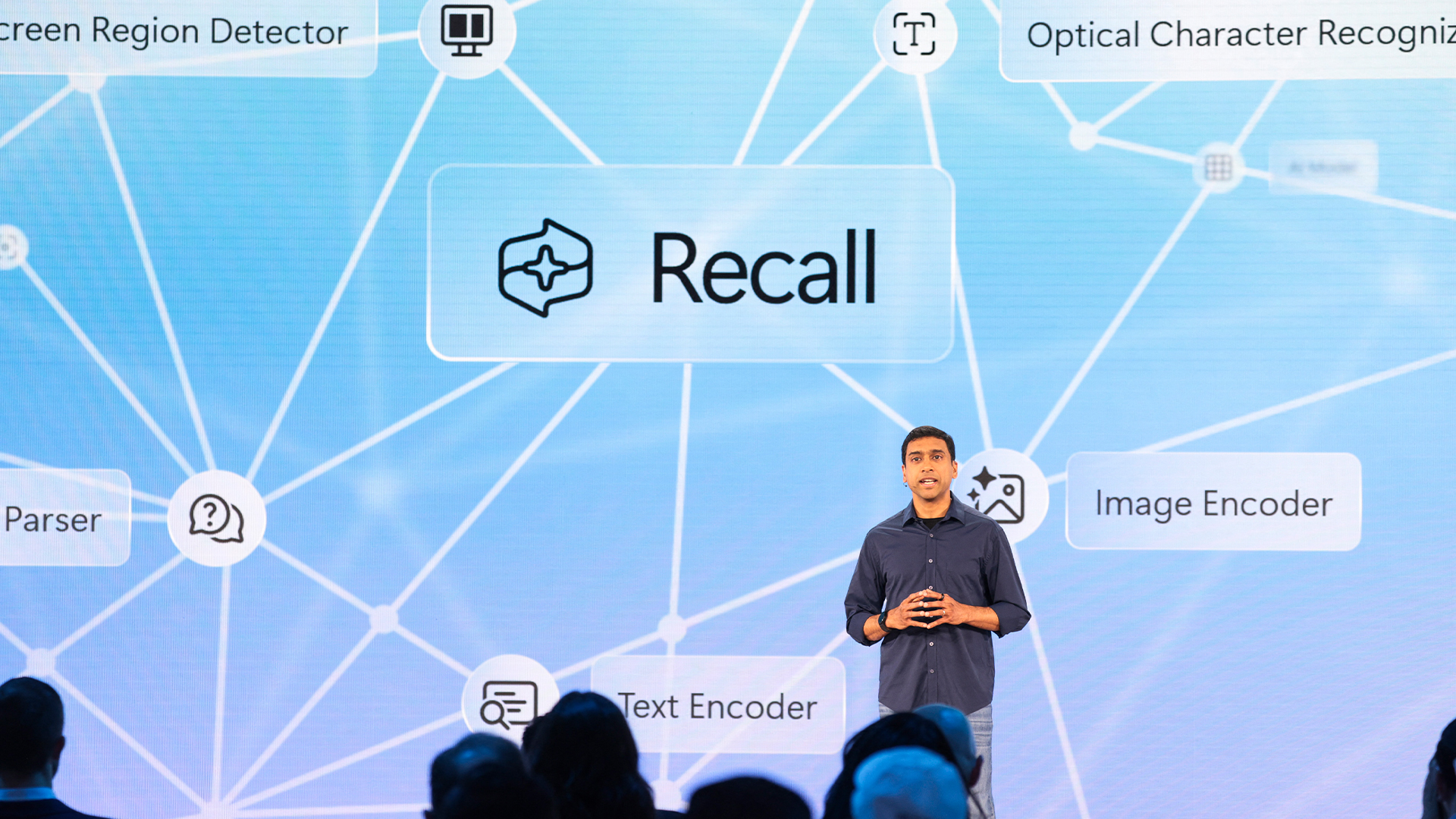 Third time lucky? Microsoft finally begins roll-out of controversial Recall feature
Third time lucky? Microsoft finally begins roll-out of controversial Recall featureNews The Windows Recall feature has been plagued by setbacks and backlash from security professionals
By Emma Woollacott Published
-
 The UK government wants quantum technology out of the lab and in the hands of enterprises
The UK government wants quantum technology out of the lab and in the hands of enterprisesNews The UK government has unveiled plans to invest £121 million in quantum computing projects in an effort to drive real-world applications and adoption rates.
By Emma Woollacott Published
-
 ‘Phishing kits are a force multiplier': Cheap cyber crime kits can be bought on the dark web for less than $25 – and experts warn it’s lowering the barrier of entry for amateur hackers
‘Phishing kits are a force multiplier': Cheap cyber crime kits can be bought on the dark web for less than $25 – and experts warn it’s lowering the barrier of entry for amateur hackersNews Research from NordVPN shows phishing kits are now widely available on the dark web and via messaging apps like Telegram, and are often selling for less than $25.
By Emma Woollacott Published
-
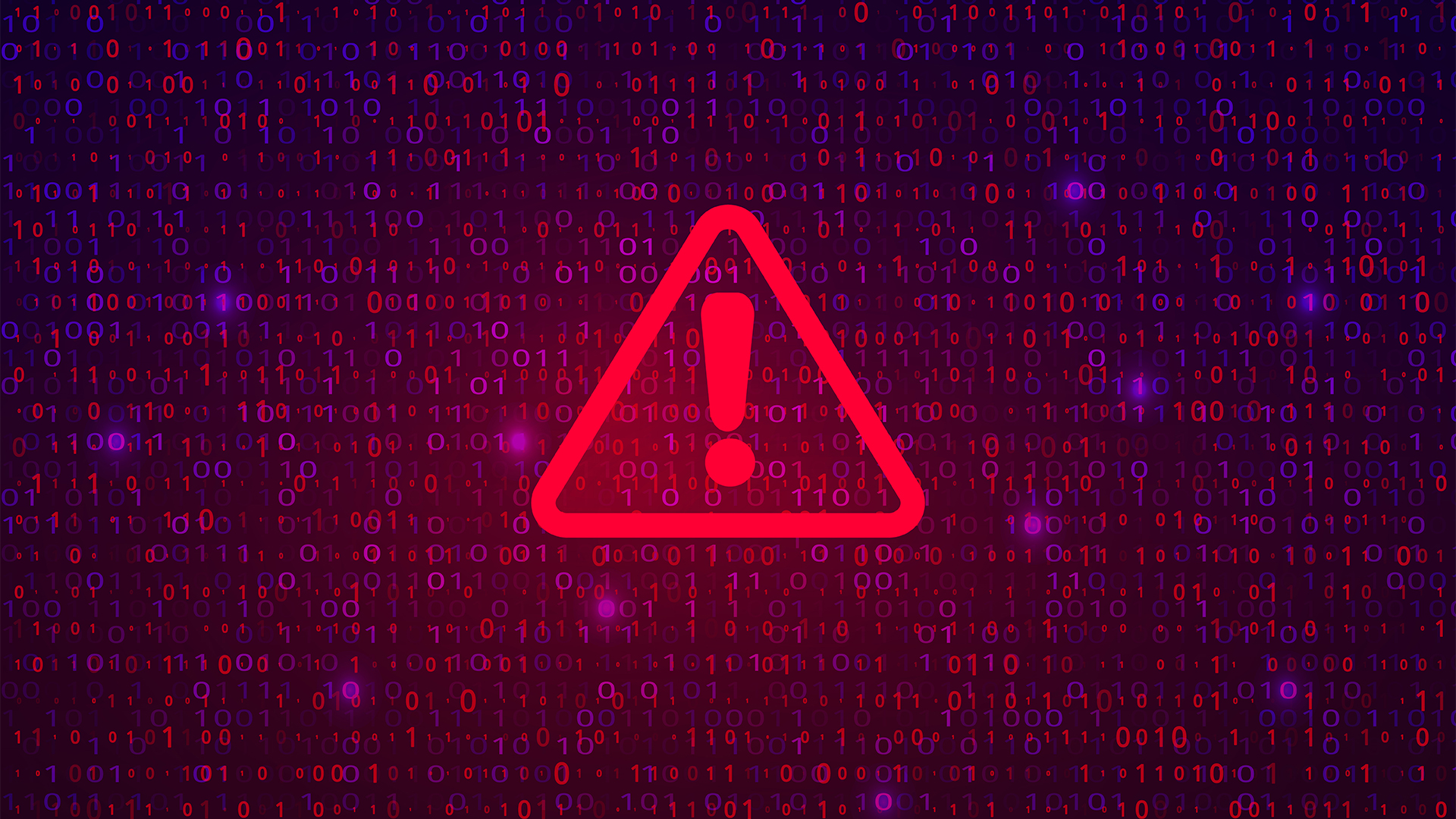 Healthcare systems are rife with exploits — and ransomware gangs have noticed
Healthcare systems are rife with exploits — and ransomware gangs have noticedNews Nearly nine-in-ten healthcare organizations have medical devices that are vulnerable to exploits, and ransomware groups are taking notice.
By Nicole Kobie Published
-
 Alleged LockBit developer extradited to the US
Alleged LockBit developer extradited to the USNews A Russian-Israeli man has been extradited to the US amid accusations of being a key LockBit ransomware developer.
By Emma Woollacott Published
-
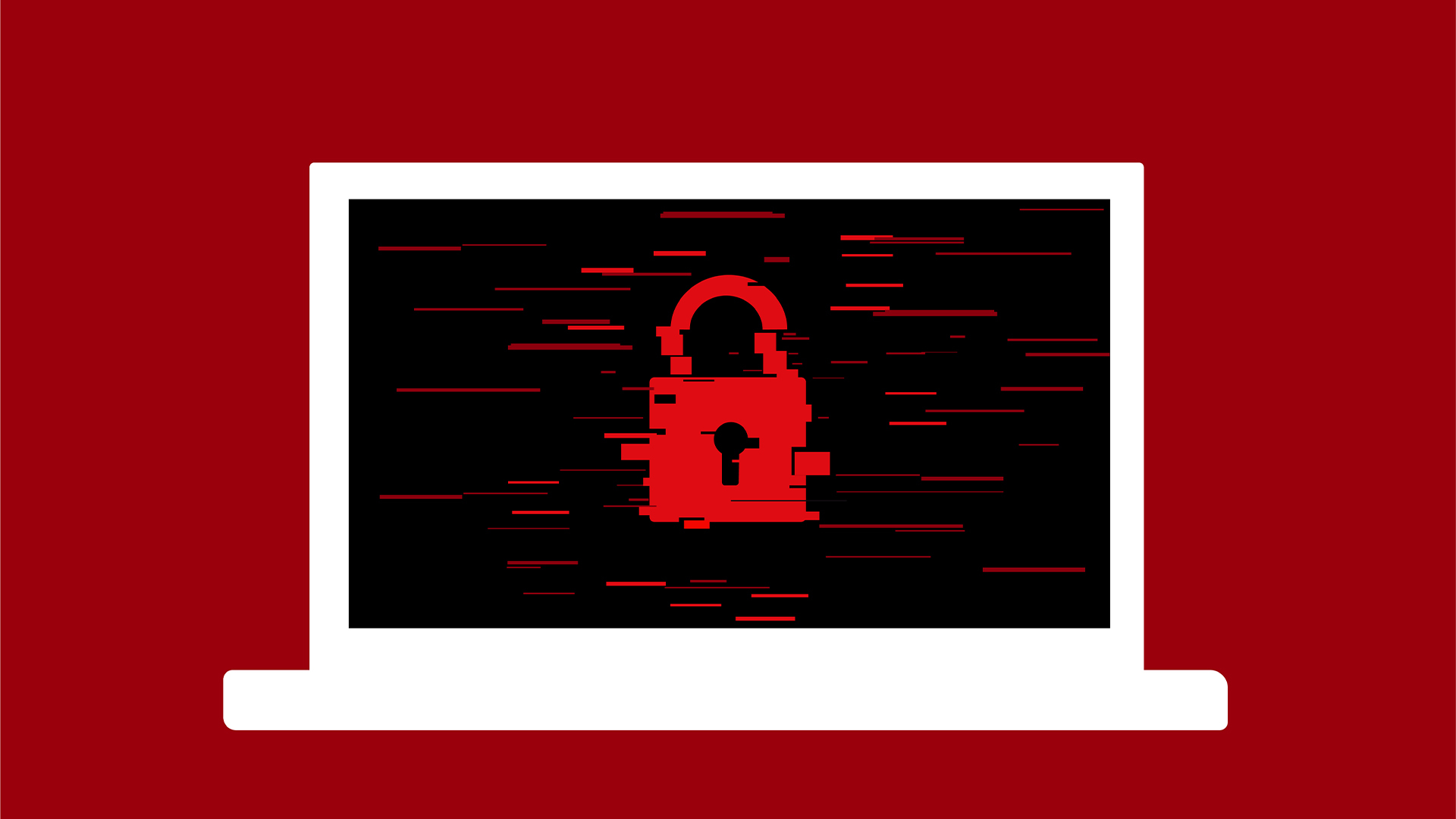 February was the worst month on record for ransomware attacks – and one threat group had a field day
February was the worst month on record for ransomware attacks – and one threat group had a field dayNews February 2025 was the worst month on record for the number of ransomware attacks, according to new research from Bitdefender.
By Emma Woollacott Published
-
 CISA issues warning over Medusa ransomware after 300 victims from critical sectors impacted
CISA issues warning over Medusa ransomware after 300 victims from critical sectors impactedNews The Medusa ransomware as a Service operation compromised twice as many organizations at the start of 2025 compared to 2024
By Solomon Klappholz Published
-
 Warning issued over prolific 'Ghost' ransomware group
Warning issued over prolific 'Ghost' ransomware groupNews The Ghost ransomware group is known to act fast and exploit vulnerabilities in public-facing appliances
By Solomon Klappholz Published
-
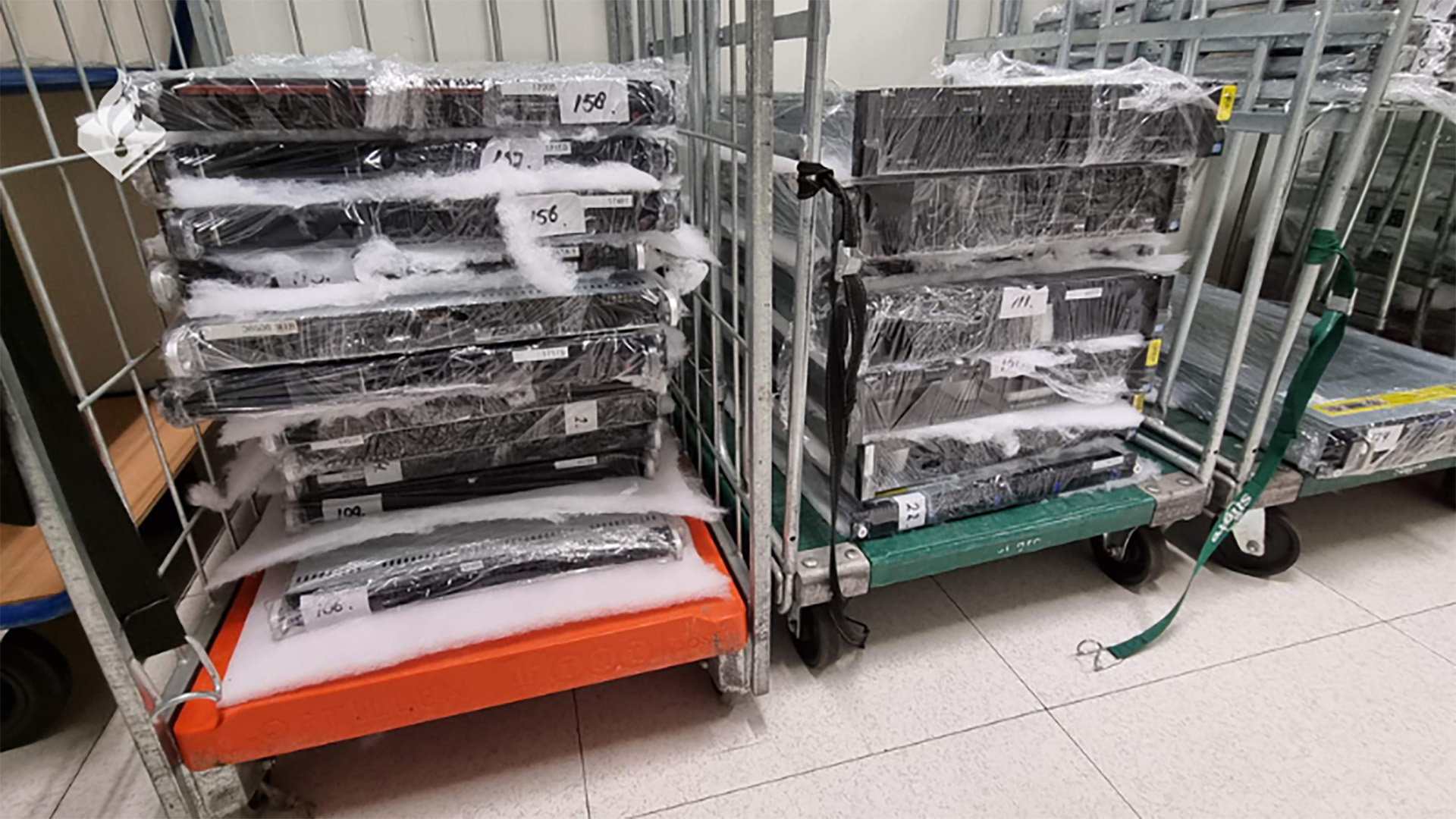 The Zservers takedown is another big win for law enforcement
The Zservers takedown is another big win for law enforcementNews LockBit has been dealt another blow by law enforcement after Dutch police took 127 of its servers offline
By Solomon Klappholz Published
-
 There’s a new ransomware player on the scene: the ‘BlackLock’ group has become one of the most prolific operators in the cyber crime industry – and researchers warn it’s only going to get worse for potential victims
There’s a new ransomware player on the scene: the ‘BlackLock’ group has become one of the most prolific operators in the cyber crime industry – and researchers warn it’s only going to get worse for potential victimsNews Security experts have warned the BlackLock group could become the most active ransomware operator in 2025
By Solomon Klappholz Published